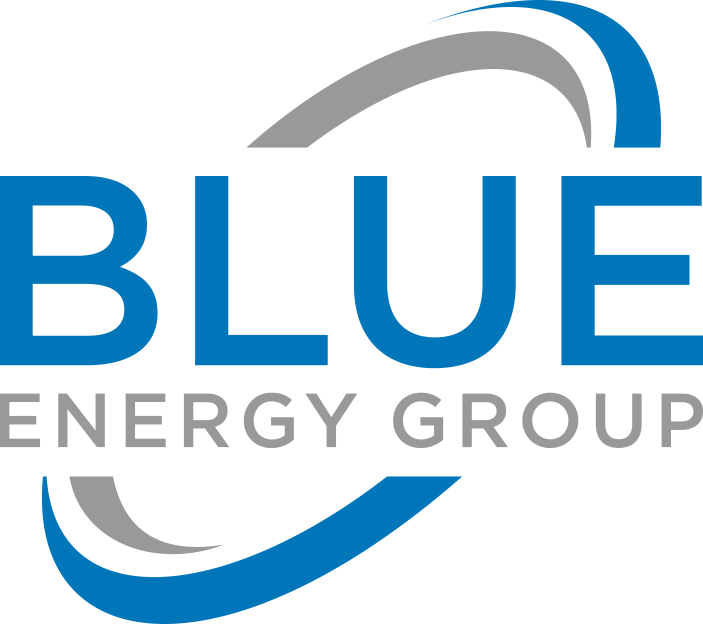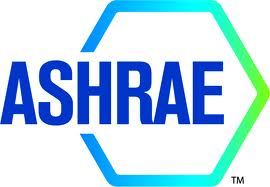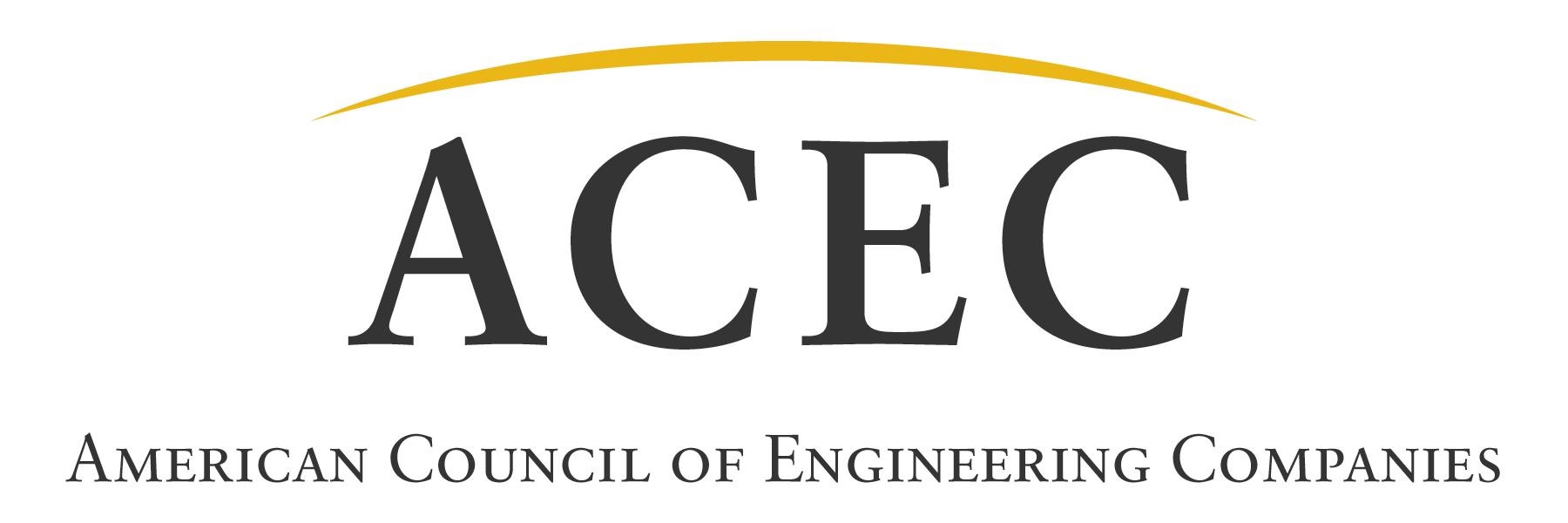The Inflation Reduction Act: Impact on §179D Energy Efficient Commercial Building Deduction & §45L Tax Credit
/The Inflation Reduction Act of 2022, signed into law on August 16, is designed to address energy, tax and health policy.
The act has a direct impact on the real estate and construction industry, with new and expanded green building tax incentives for anyone constructing or improving real property. With changes to the 179D commercial building deduction and the 45L home tax credit, the act incentivizes the construction and renovation of energy-efficient buildings. Here are the highlights:
Significant increases to THE 179D ENERGY EFFICIENT COMMERCIAL BUILDING tax deduction
The section 179D tax deduction was originally passed by Congress as part of the Energy Policy Act of 2005. Section 179D allows qualifying building owners and designers of public buildings to receive an immediate first year tax deduction for a new or remodeled commercial building.
The 179D deduction will operate in its current form through year-end 2022. After January 1, 2023, the following changes apply:
179D tax deduction increase: For those who qualify for the 179D tax deduction, the new legislation raises the deduction value from the current maximum of $1.88 per square foot up to a maximum of $5.00 per square foot. The construction project must meet prevailing wage and apprenticeship requirements to be eligible for the $5.00 per square foot tax deduction. Failing to meet those requirements will cap the deduction at $1.00 per square foot.
Energy standard: Currently, the 179D deduction is claimed by improving a building’s energy efficiency by as much as 50% as compared to ASHRAE 90.1-2007. The IRA will change the energy baseline to the ASHRAE 90.1 standard in place four years before the placed-in-service date of the property. However, this increase in the ASHRAE baseline standard requires affirmation by the Secretary of Treasury which has not yet occurred. Until that time the baseline will remain as ASHRAE 90.1-2007.
Partial deductions: Beginning in January 2023, the $0.60/sf “buckets” for lighting, HVAC, and envelope improvements no longer exist. For buildings placed-in-service in 2023 and beyond, all three of these energy improvements will be analyzed as a group and deductions will be available for buildings that improve energy efficiency by 25%. The deduction amount increases on a sliding scale for every percentage point of energy efficiency above the 25% benchmark up to a 50% energy reduction. Thus a 25% energy reduction improvement will result in either a tax deduction of $0.50/sf or $2.50/sf depending on if the prevailing wage and apprenticeship requirements are met.
Tax-exempt building owners: In one of the biggest impacts of the legislation, tax-exempt building owners, such as non-profits and tribal entities, will now be able to allocate deductions to the architects, engineers and design build contractors responsible for designing the specific building energy efficient systems. Previously only government building owners were allowed to allocate the deduction to designers.
REIT calculations: REITs can now utilize 179D deductions in calculating earnings and profits.
The 45L energy efficient home credit
The 45L tax credit has been in place since 2006 and rewards home builders for energy efficient residential construction. This applies to home builders as well as owners of multifamily housing apartment complexes. Currently, the credit provides a $2,000 credit to homes that meet certain energy efficiency requirements.
45L retroactive tax credits: The credit had expired as of January 1, 2022. However, the legislation retroactively extends the 45L tax credits for residential qualifying units acquired or leased before December 31, 2022. Here again, the credit value and energy requirements remain the same until the end of 2022.
45L maximum credit increase: Beginning January 1, 2023, the maximum credit for 45L will increase, with new tax credits ranging from $2,500 to $5,000 per single-family home and $500 to $5,000 per multifamily dwelling unit.
More specifically, homes eligible to participate in the ENERGY STAR Residential New Construction Program or Manufactured Homes Program may be eligible for a $2,500 credit. A maximum credit of $5,000 is available for new homes certified as Zero Energy Ready.
For multifamily homes, credits vary based on both energy standards and adherence to prevailing wage and apprenticeship requirements:
The base credit decreases to $500 each for ENERGY STAR eligible units
Credits for Zero Energy Ready units are $1,000 each
For multifamily units that meet prevailing wage requirements, the credit increases to $2,500 for ENERGY STAR eligible energy efficient units and $5,000 for Zero Energy Ready units
LIHTC projects: The legislation establishes that Section 42 Low income Housing Tax Credit (LIHTC) projects are no longer required to reduce their basis when taking the 45L tax credit. This is significant for LIHTC developers who generally weren’t able to claim the 45L credit due to the corresponding reduction on their LIHTC.
Energy standard: The IRA makes the switch to ENERGY STAR criteria beginning with units sold in 2023. Previously, 45L eligibility was determined using the 2006 International Energy Conservation Code standard. At the time of this writing, guidance has not been issued by the IRS or the Department of Energy concerning how the new ENERGY STAR criteria is to be evaluated or if there will be a delay to the implementation of the ENERGY STAR standard.
Building height criteria: The IRA removed language limiting 45L to buildings less than 4-stories tall. All residential developments will now be eligible for the 45L tax credit regardless of height. Additionally, pending guidance, residential buildings 4-stories or taller may be eligible for the 179D tax deduction and the 45L tax credit simultaneously.
PREVAILING WAGE AND APPRENTICESHIP REQUIREMENTS
On November 29, 2022, the IRS released Notice 2022-61, which states the prevailing wage and apprenticeship (PWA) requirements will not be enforced for projects that begin construction prior to January 29, 2023 (60 days after the publish date of the notice). This means that all projects that begin construction prior to January 30, 2023 will be eligible for the maximum 179D tax deduction ($5.00/sf) and 45L tax credit ($5000/unit) without meeting the PWA requirements.
Start of construction: Since taxpayers who begin construction prior to January 29, 2023, are not required to meet the PWA standards in order to receive the multiplied benefit, Notice 2022-61 offers two established methods that a taxpayer may use to evidence the beginning of construction:
By starting physical work of a significant nature (Physical Work Test)
By paying or incurring 5% or more of the total cost of the facility (Five Percent Safe Harbor Test).
Under the Physical Work Test, construction of a facility begins when physical work of a significant nature begins. This test focuses on the nature of the work performed, not the amount or the costs. Under the Five Percent Safe Harbor Test, construction of a facility will be considered as having begun if a taxpayer pays or incurs 5% or more of the total cost of the facility. Property that is manufactured, constructed or produced for the taxpayer by another party is deemed incurred by the taxpayer when the costs are incurred by the other party.
Taxpayers must demonstrate either continuous construction or continuous efforts with regard to the project regardless of whether they are using the Physical Work Test or the Five Percent Safe Harbor Test.
PWA requirements: Unless a specific exemption applies, for projects beginning on or after January 29, 2023, taxpayers must meet the PWA requirements in order to receive the enhanced benefit.
To meet the prevailing wage requirements, a taxpayer must ensure that any laborers and mechanics employed by the taxpayer, or any contractor or subcontractor in the construction and alteration or repair of such facility, are paid wages at rates not less than the prevailing rates for construction, alteration or repair of a similar character in the locality.
To meet the apprenticeship requirements, taxpayers must ensure that not less than the applicable percentage of the total labor hours of the construction, alteration or repair work is performed by qualified apprentices. The applicable percentage is:
10% in the case of a qualified facility that begins construction before January 1, 2023.
12.5% in the case of a qualified facility that begins construction after December 31, 2022, and before January 1, 2024.
15% in the case of a qualified facility that begins construction after December 31, 2023.
For taxpayers who do not meet the PWA requirements, there are correction and penalty mechanisms. Because they can result in large decreases in the available benefit, they should be avoided.
BLUE ENERGY GROUP can help reduce your tax liability
Blue Energy Group provides certifications for 179D tax deductions and 45L tax credits. Talk to us about how the Inflation Reduction Act will impact your business and how we can help reduce your tax liability through these newly revised provisions. Blue Energy Group offers a complimentary preliminary analysis to determine whether your building qualifies for green building tax incentives. If you have questions or want further details, contact us to get started.








